To Save the Planet From Climate Change, Students Take to the Streets
"If you don't act like adults, we will."
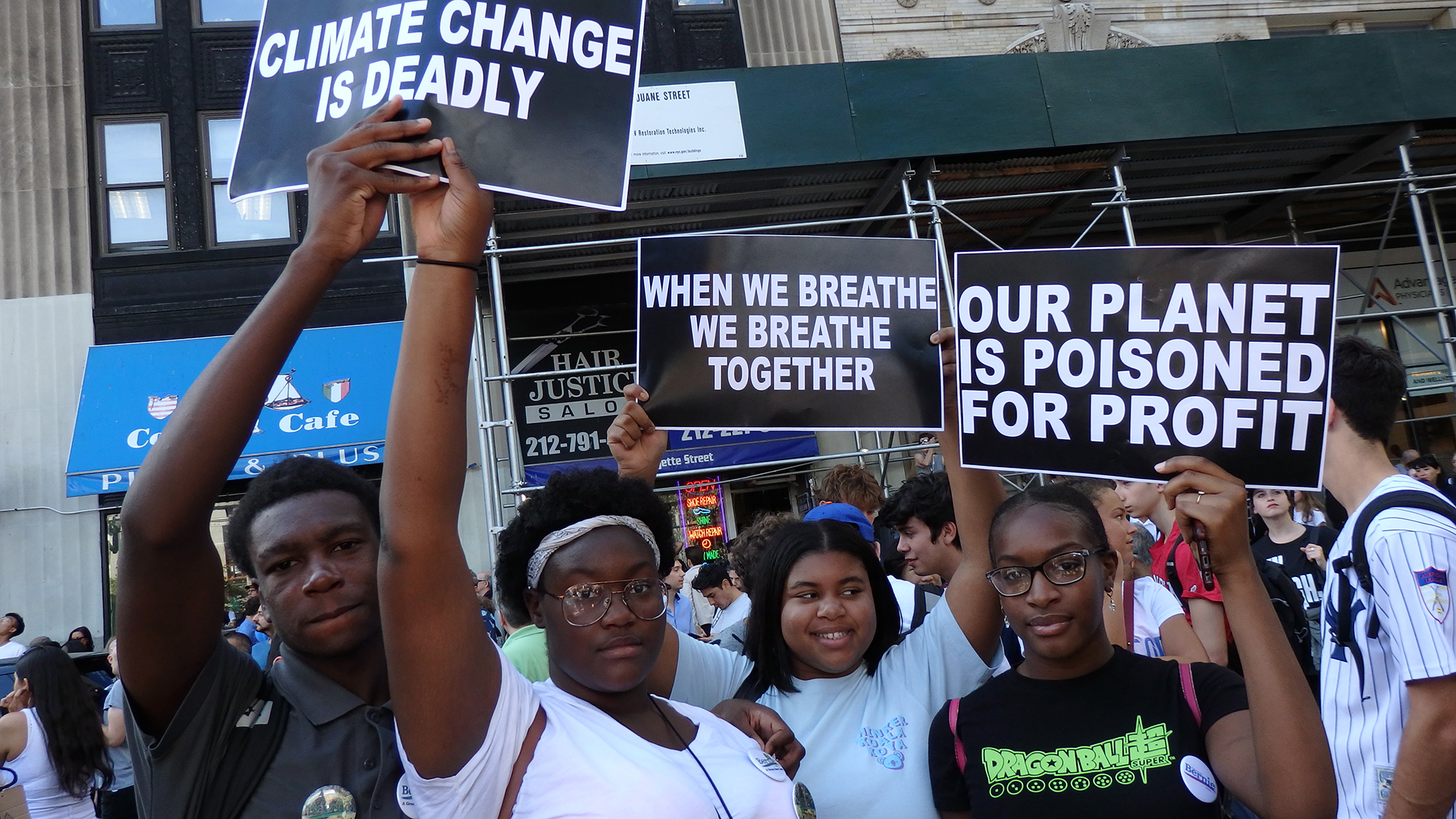
Poisoned for profit
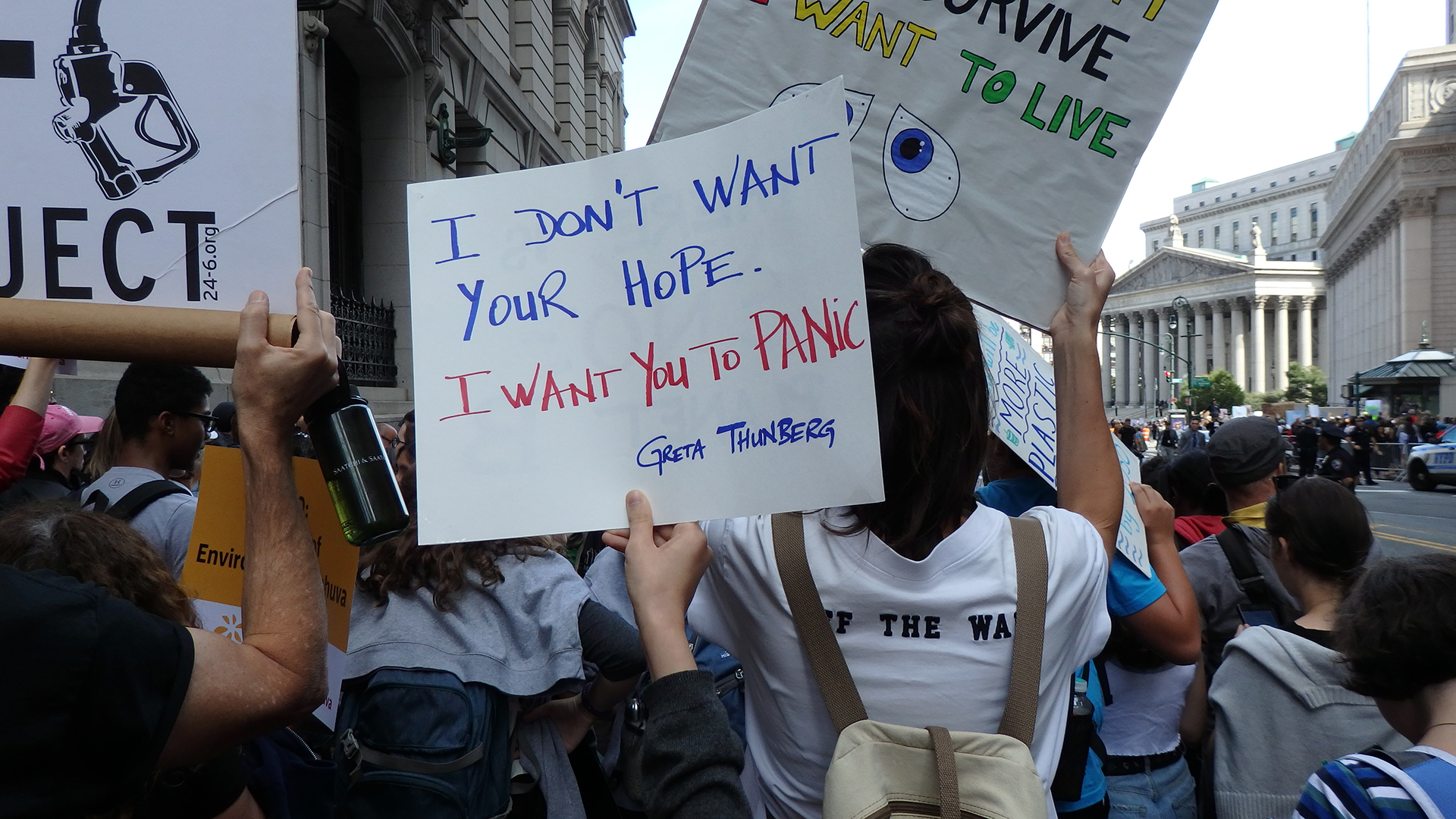
Running out of time
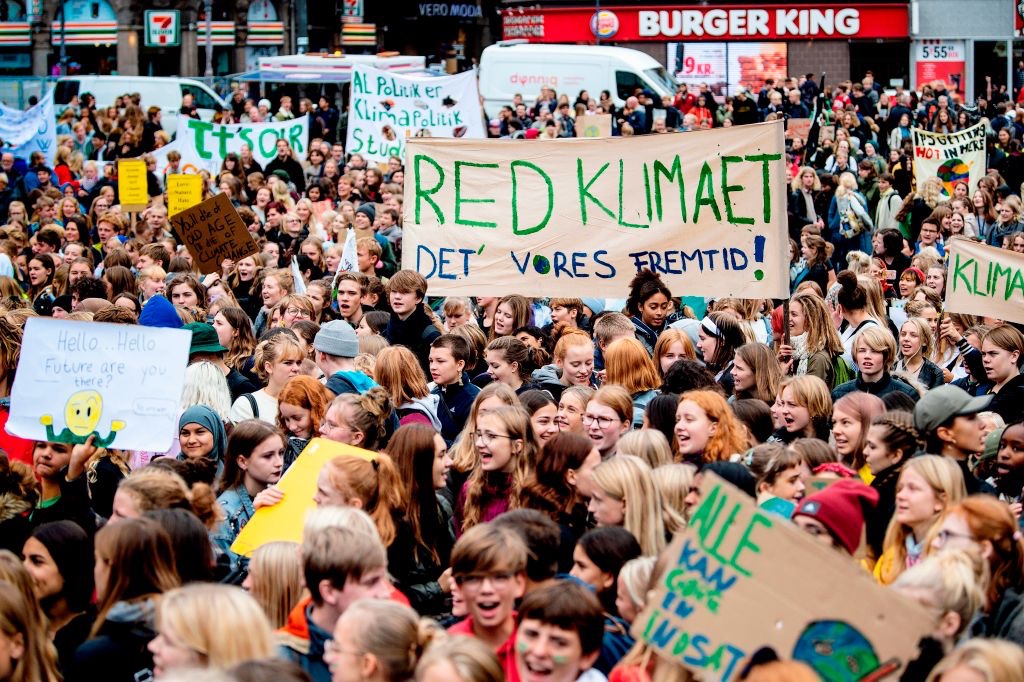
Striking in Denmark
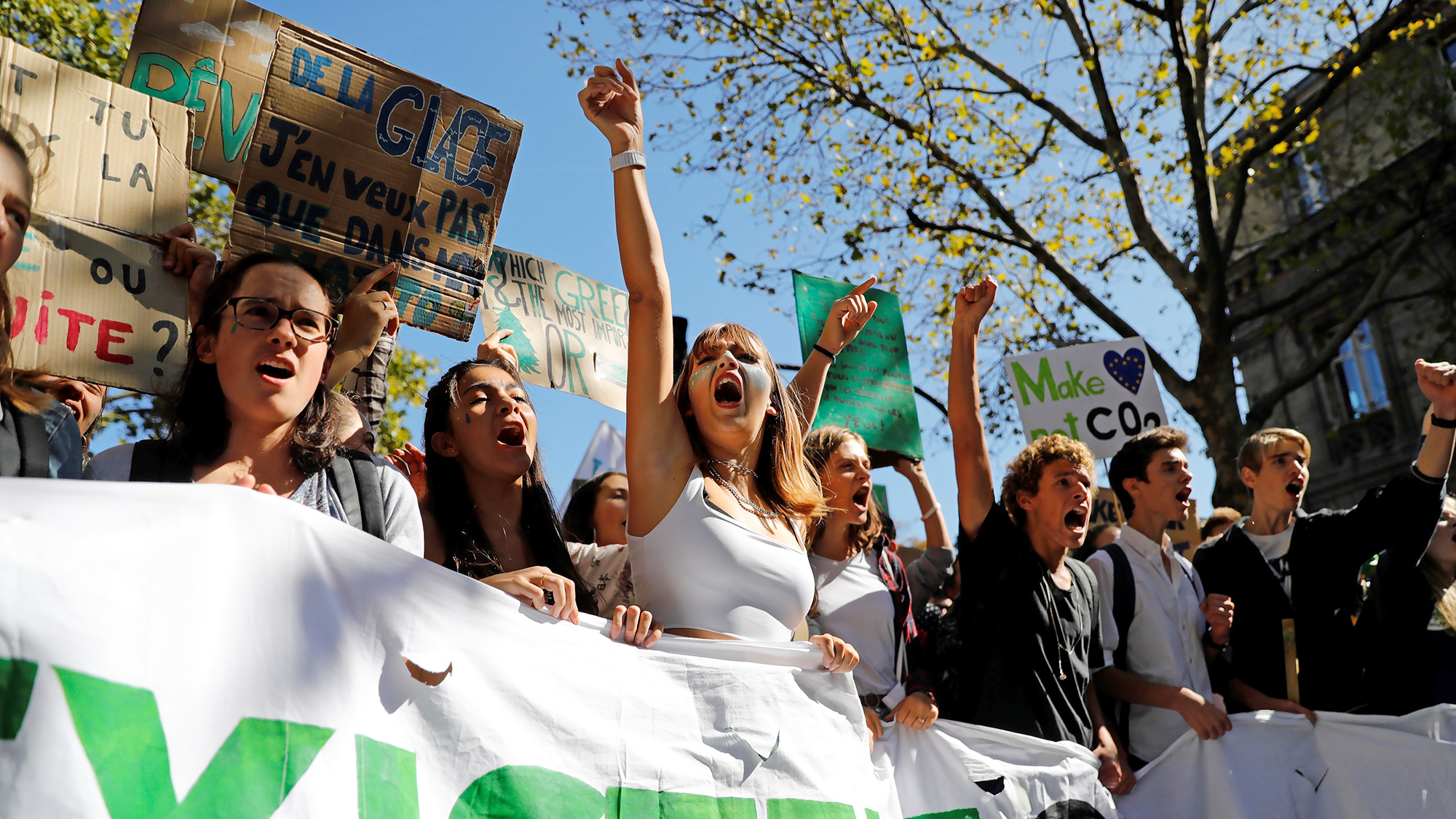
Parisian protest
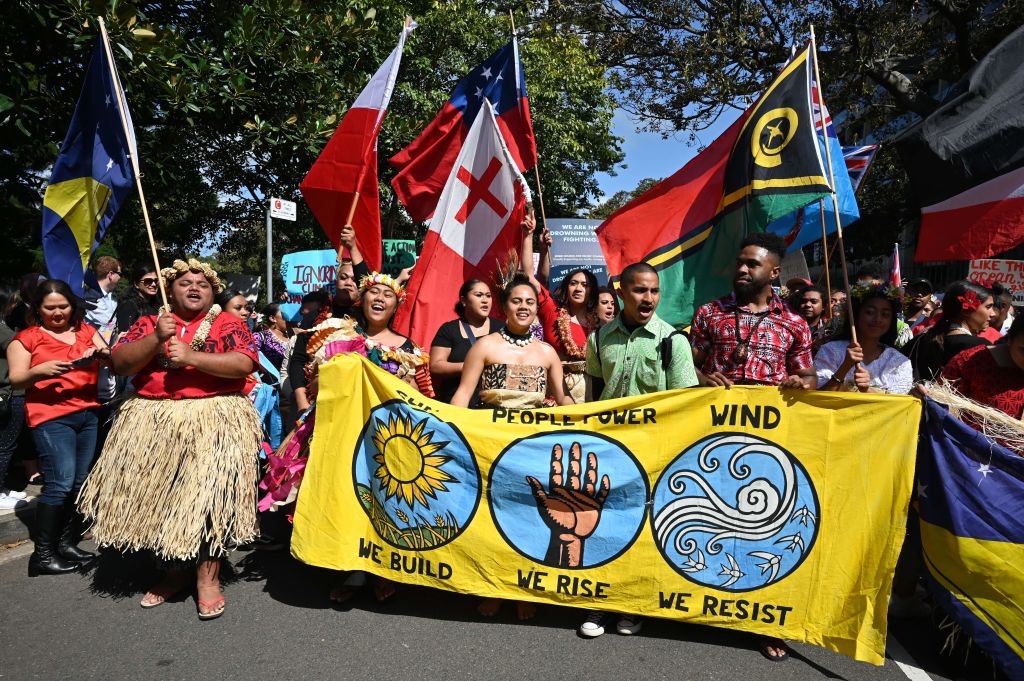
"We build, we rise, we resist"
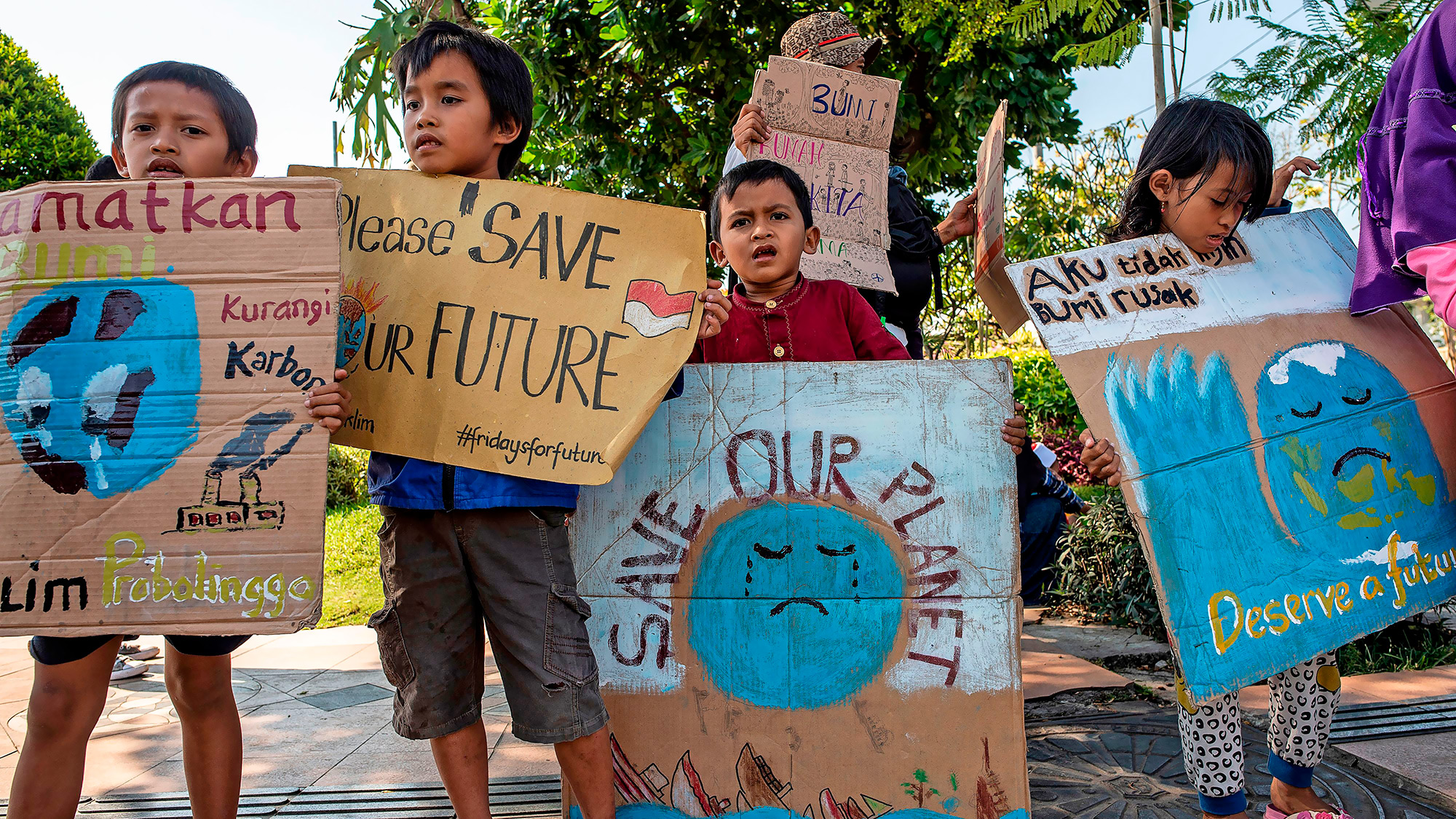
"Save our future"
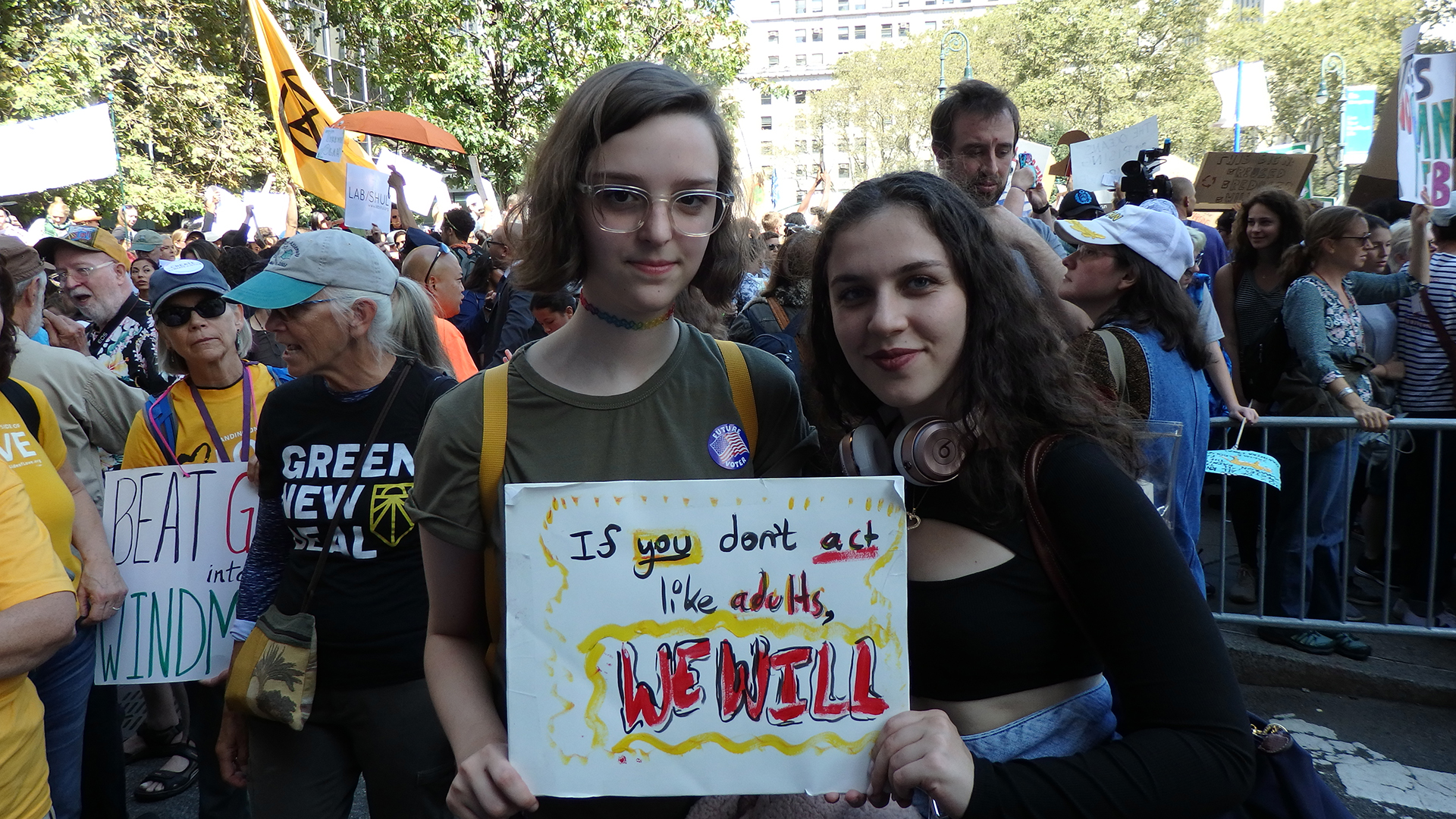
Students step up
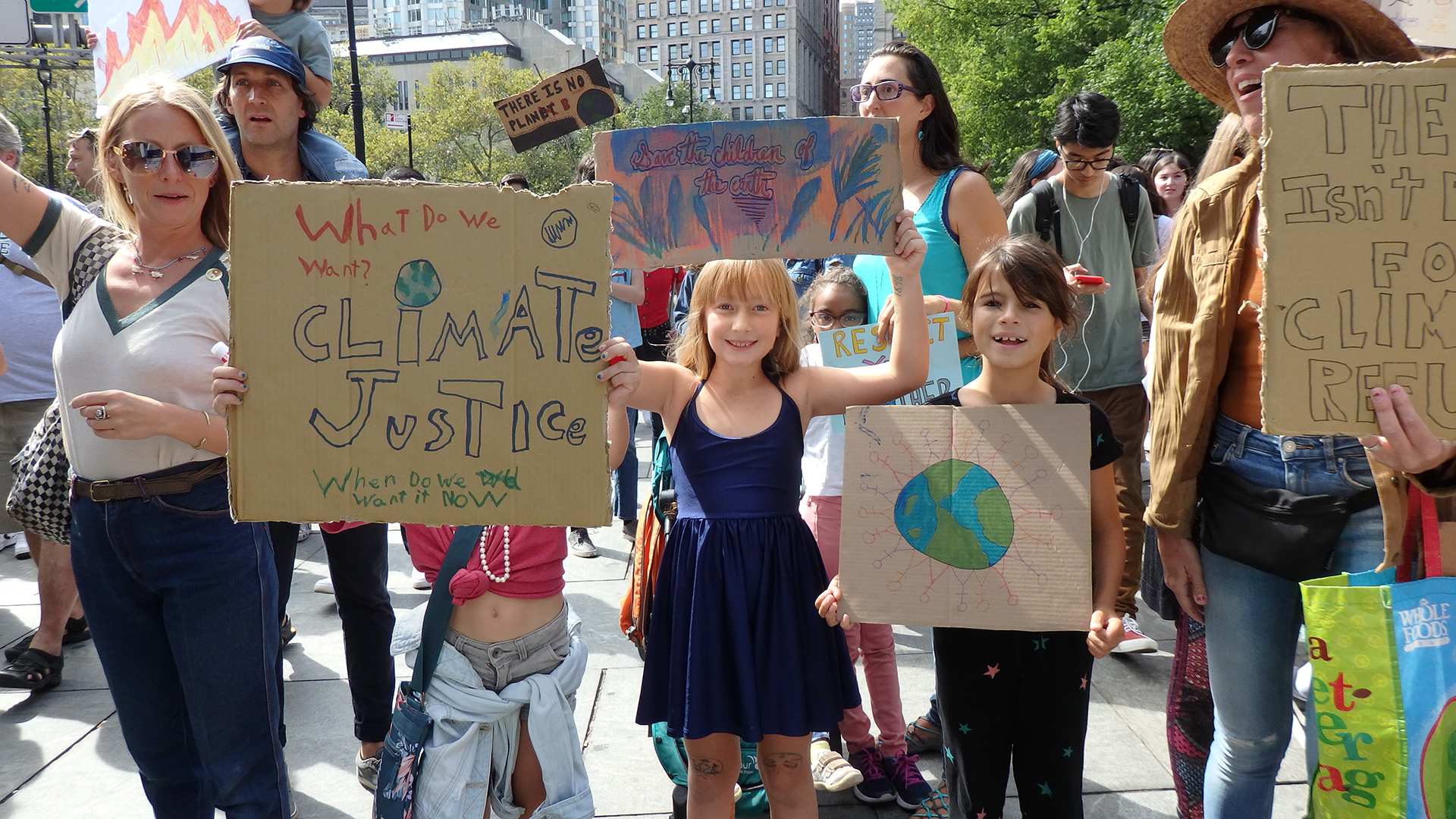
Climate justice warriors
NEW YORK — Classrooms across NYC stood empty today (Sept. 20), while streets in lower Manhattan were packed with students. People around the world took part in a global climate strike, walking out of schools and workplaces in an effort to send a powerful message to global leaders about taking meaningful action to curb catastrophic climate change.
Young activists such as Greta Thunberg from Sweden, age 16, have recently become vocal advocates for climate change action. Thunberg attended the Manhattan climate strike after addressing the U.S. Congress yesterday, where she chided politicians for hesitating to adopt more proactive measures to replace fossil fuels. Emissions from these fuels have long been associated boosting atmospheric carbon dioxide (CO2) and contributing to rising temperatures around the planet.
Thunberg's sense of urgency about climate change is shared by many young people worldwide. In more than 150 countries today, students rallied to share their fears about facing an uncertain future in a warming world, according to protest organizers with Global Climate Strike.
Related: 6 Unexpected Effects of Climate Change
In NYC, early estimates placed the number of protesters in the thousands, The Daily News reported. They carried signs reading "Our Planet Is Poisoned for Profit," "Stop Ignoring My Future," "Don't Be a Fossil Fool" and "If You Don't Act Like Adults, We Will."
Some students were marching for climate for the first time, joining the rally "because our planet is dying, and no one seems to notice. And if they notice, they don't seem to care," Elyse McClellan, a freshman at New York University, told Live Science.
Others have been participating in environmental actions for much of their lives, such as Manu Trujillo, a resident of Kauai, Hawaii, and now an NYU freshman.
Sign up for the Live Science daily newsletter now
Get the world’s most fascinating discoveries delivered straight to your inbox.
"My family has been super-active in environmental health on our island for as long as I can remember, and coming here is like the next step," Trujillo told Live Science.
From melting glaciers and raging wildfires, to vanishing wildlife and rising oceans, Earth is entering a period of climate crisis, scientists say. Reining in fossil fuel emissions over the next decade — and bringing greenhouse gas emissions to zero by 2050 — could curb the planetary changes currently underway due to runaway warming, according to the goals of a United Nations Climate Action Summit scheduled to take place in New York City from Sept. 21 to Sept. 23.
"If we act now, we can reduce carbon emissions within 12 years and hold the increase in the global average temperature to well below 2 degrees Celsius [3.6 degrees Fahrenheit] and even, as asked by the latest science, to 1.5 degrees C [2.7 F] above pre-industrial levels," summit representatives said in a statement.
But restricting further rise in global-temperature average hinges on global action, which has been in short supply. With today's climate strike and another planned for Sept. 27, many young people who are not yet old enough to vote hope that they can make their voices heard — before it's too late.
"We caused this problem, and it's time for us to solve it," said Shawn, a 16-year-old protester. "We are the generation who can do this, because older people — they're not willing to make the change. This is definitely where we're going to make our mark," she told Live Science.
Protesters in Australia turned out in record numbers; with nearly 300,000 people gathering in cities across the continent, the strike was Australia's biggest climate protest to-date, according to The Guardian. And worldwide, people attending climate strikes numbered in the millions, The Washington Post reported.
One NYC protester named Naomi, a 15-year-old student at Stuyvesant High School, decided to join the march even though she had an important chemistry test that she should have been preparing for.
"If I fail my chem test, I can make it up later," she told Live Science. "But if we don't help the planet now, there won't be a later."
- The Reality of Climate Change: 10 Myths Busted
- Images of Melt: Earth's Vanishing Ice
- 5 Ways Climate Change Will Affect Your Health
Originally published on Live Science.

Mindy Weisberger is an editor at Scholastic and a former Live Science channel editor and senior writer. She has reported on general science, covering climate change, paleontology, biology and space. Mindy studied film at Columbia University; prior to Live Science she produced, wrote and directed media for the American Museum of Natural History in New York City. Her videos about dinosaurs, astrophysics, biodiversity and evolution appear in museums and science centers worldwide, earning awards such as the CINE Golden Eagle and the Communicator Award of Excellence. Her writing has also appeared in Scientific American, The Washington Post and How It Works Magazine. Her book "Rise of the Zombie Bugs: The Surprising Science of Parasitic Mind Control" will be published in spring 2025 by Johns Hopkins University Press.









